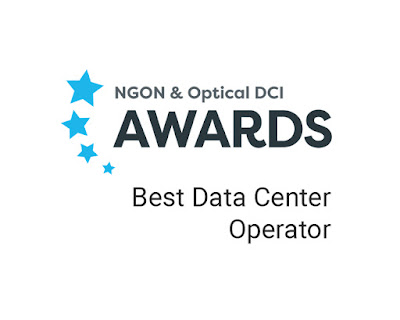The global Data Center Life Cycle Services Market is carefully researched in the report while largely concentrating on top players and their business tactics, geographical expansion, market segments, competitive landscape, manufacturing, and pricing and cost structures. Each section of the research study is specially prepared to explore key aspects of the global Data Center Life Cycle Services market. For instance, the market dynamics section digs deep into the drivers, restraints, trends, and opportunities of the global Data Center Life Cycle Services market. With qualitative and quantitative analysis, we help you with thorough and comprehensive research on the global Data Center Life Cycle Services market. We have also focused on SWOT, PESTLE, and Porter’s Five Forces analyses of the global Data Center Life Cycle Services market.
What are the market factors that are explained in the report?
Key Strategic Developments: The study also includes the key strategic developments of the market, comprising R&D, new product launch, M&A, agreements, collaborations, partnerships, joint ventures, and regional growth of the leading competitors operating in the market on a global and regional scale.
Key Market Features: The report evaluated key market features, including revenue, price, capacity, capacity utilization rate, gross, production, production rate, consumption, import/export, supply/demand, cost, market share, CAGR, and gross margin. In addition, the study offers a comprehensive study of the key market dynamics and their latest trends, along with pertinent market segments and sub-segments.
Analytical Tools: The Global Data Center Life Cycle Services Market report includes the accurately studied and assessed data of the key industry players and their scope in the market by means of a number of analytical tools. The analytical tools such as Porter’s five forces analysis, SWOT analysis, feasibility study, and investment return analysis have been used to analyze the growth of the key players operating in the market.
This article was originally published on ------------------------- More info








